© paperbacKnow limited 2013 -

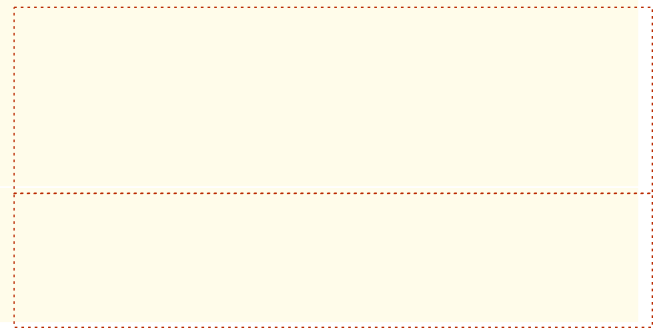

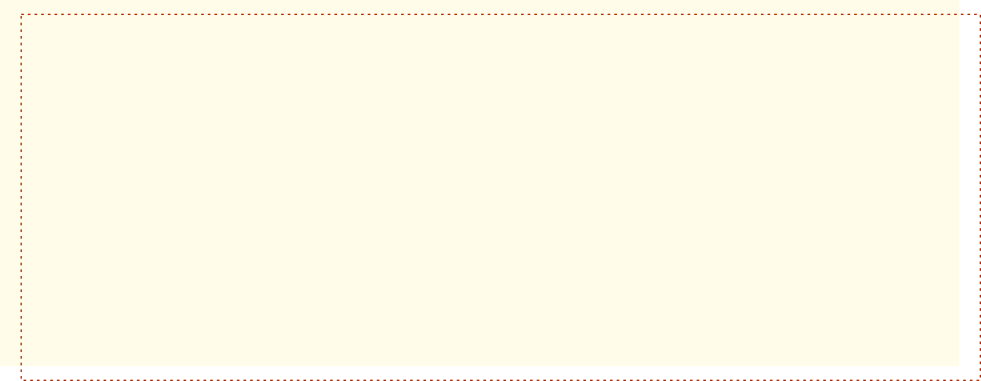
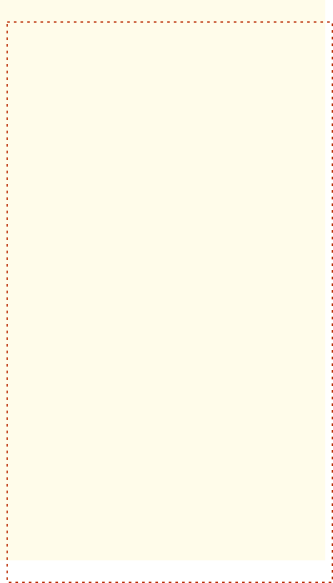
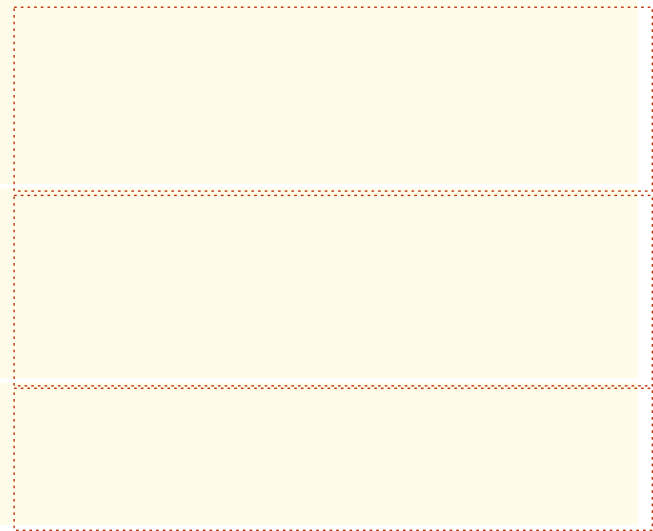

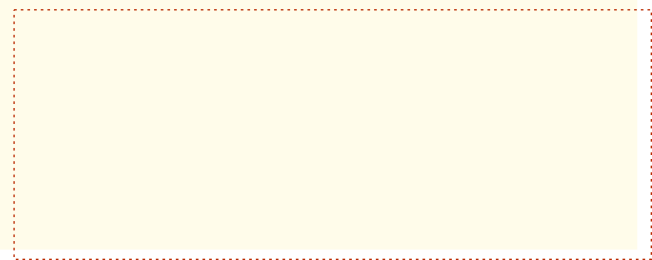
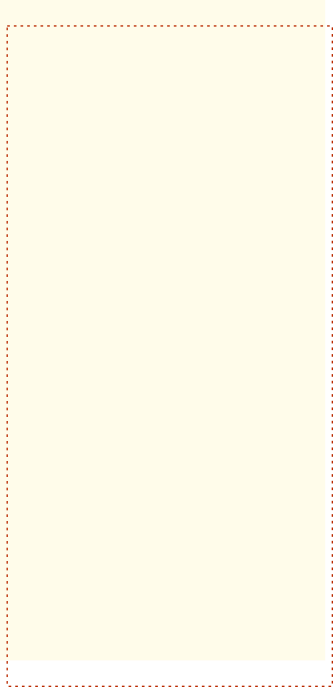
Episode 1 of Tudor Monastery Farm was first screened on 13th November 2013 on BBC2. It is available on BBC iplayer until 25th December 2013.
Ruth Goodman, Peter Ginn and Tom Pinfold return to the year 1500 and move into the ‘Farm’ that they will be occupying for the coming year. Their ‘Home’ (I don’t think they actually moved in) is ‘Bayleaf’ an early 15th Century wealden house.
The opening scenes, which contain an unprecedented number of ‘extras’ compared to the earlier farm series were filmed in the Weald and Downland village square.
The crew are introduced to their new home by Professor James Clark from the University of Exeter.
Having decided to keep some pigs, they set to the task of building a pig enclosure. This involves building a wattle fence from freshly coppiced hazel and the repair of an existing ‘dead hedge’
While Ruth lights the fire, Tom and Peter are sent to get water from the well.
Ruth gives us a demonstration of the manufacture and use of rush lights. William Cobbett was a big fan of these, but Ruth seems less impressed.
He was also a fan of wooden plates, which are less prone to breaking than crockery. In 1500, locally produced wooden plates appear simply to have been the practical choice. In this case, produced by Robin Wood.
The Farmstead
Bayleaf is one of the jewels in the crown of the Weald and Downland collection. The oldest part of the current structure has been dated to between 1405 and 1430 but that may have been attached to an earlier structure which has since been replaced. It stood until 1968 in the village of Chiddingstone in Kent when it was carefully dismantled. It was reconstructed at Weald and Downland in 1972 and restored to the how it would have been around 1540.
Perhaps surprisingly for a house of that time, the solar (the family’s private bed sitting room) contains an indoor toilet. This can be seen in the programme as a cupboard door in the corner of the room. But think. The door is flush with the external wall of the building. The toilet protrudes from the building and has a hole in the floor through which the effluent would drop. You can read more about Bayleaf on the Weald and Downland Museum’s website.
The Monastery
The monastery that Peter visits is Downside Abbey near Bath. This is a real Benedictine monastery and the monk are real monks. The Community can trace its history back to Douai in northern France in 1606 but was formed of monks from England and Wales who had gone to France because the Reformation had made monastic life in Britain impossible.
They returned to England in 1795 and have been at Downside since 1814.
You can read more about Downside Abbey on their website.
The Well
They made this look easy. The water, we are told, is over twenty feet deep although the museum’s website says twelve. Not that deep at all and you might wonder why a huge treadwheel is needed.
The treadwheel, which is also located at the Weald and Downland museum was originally located on a farm in Catherington near Portsmouth. It dates from the late 17th century and was built to get water from a much deeper well which was believed to be nearly 300 feet deep.
You can read more about the Treadwheel on the Weald and Downland Museum’s website.
Rush-
I hadn’t previously seen rush-
Fitzherbert’s Book of Husbandry
A farming manual (almost) from the day -
The text from an 1882 edition is available on archive.org. A work still in print after almost 350 years must have quite something going for it.
The Oxen
In Tudor times, ploughs were generally pulled by oxen. Oxen are no longer used for such work in the UK. Even before the advent of tractors, they had mostly given way to Horses. Although horses were more expensive than oxen, they were much faster.
Charles Martell trains working oxen at Hunts Court in Dymock, Gloucestershire. He brought two of them to Weald and Downland to pull the crew’s plough.
Charles Martell is also famous for his range of spirits and cheeses, including the ‘Stinking Bishop cheese made famous by Walace and Grommit. You can read more at Charles Martell & Son’s website.
The Chapel
The beautiful pre-
Episode 2 is screened on 20th November 2013 and promises to tell us how the Tudor farmers made money.
Episode 3 focuses on the diet of the Tudor farmer. It also covers time keeping in the Monastery with the boys setting up a clock to tell the monks when to pray.
Episode 4 covers some of the other ways the tudor farmer made money in the time before harvest.
Episode 5 sees the team helping the monastery to prepare for a function and renovating a ‘corrody’ room for a pensioner to live in.
Episode 6 -
Other Episodes
If you like Tudor Monastery Farm, the previous farm series from the same team are all available on DVD.